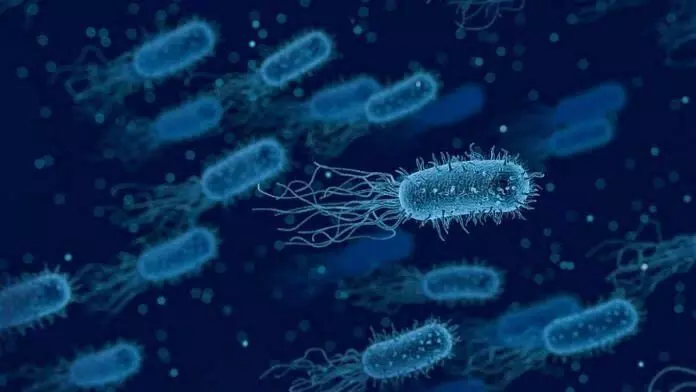Hyderabad: CSIR-CCMB researchers discover new mechanism in bacteria; can help in drug development
The researchers, led by Dr Manjula Reddy, have identified a proofreading step in the construction of bacterial cell walls
By Newsmeter Network
Hyderabad: A team of scientists at the CSIR-Centre for Cellular and Molecular Biology (CCMB) in Hyderabad has uncovered a new mechanism in bacteria that will help in understanding immune dysfunctions in humans.
The researchers, led by Dr Manjula Reddy, have identified a proofreading step in the construction of bacterial cell walls, shedding light on how bacteria maintain structural integrity and resist antibiotics. The findings were recently published in the Proceedings of the National Academy of Sciences (PNAS).
Cell Wall Integrity and Antibiotic Resistance
Bacteria are protected by a strong cell wall composed of a unique polymer called peptidoglycan, which is absent in humans and other life forms. This difference makes the bacterial cell wall a prime target for antibiotics.
The wall is made up of sugars and short chains of amino acids, the building blocks of proteins. Normally, L-alanine occupies the first position in these amino acid chains. However, the study revealed that during cell wall synthesis, bacteria can mistakenly incorporate similar amino acids, such as L-serine or glycine, instead of L-alanine. This error compromises the strength of the wall, making bacteria more vulnerable to antibiotic attack.
Discovery of the PgeF Enzyme
Dr Reddy’s team identified an enzyme named PgeF (Peptidoglycan Editing Factor), which functions as a molecular editor. It detects and corrects these mistakes by removing the wrongly inserted amino acids.
“Using a powerful combination of genetics and high-resolution mass spectrometry, we could see that PgeF specifically detects and removes the wrong amino acids to maintain the composition of the cell wall,” said Dr Shambhavi Garde, the first author of the study.
This correction step helps bacteria build a resilient and functional cell wall, ensuring survival even in the presence of cell wall-targeting antibiotics.
Potential Link to Human Immunity
Interestingly, a similar enzyme is also present in vertebrates. The human homolog of PgeF is known as LACC1, a gene associated with several autoinflammatory disorders—conditions in which the body’s immune system becomes excessively activated.
“By studying such vulnerabilities in cell wall synthesis, new ways of blocking bacterial growth can be designed. What makes the discovery more intriguing is that a homolog of this enzyme is also present in vertebrates, and defects in the human enzyme, known as LACC1, are closely associated with several autoinflammatory disorders,” said Dr Reddy.
Implications for Future Therapies
While the exact role of LACC1 in humans remains unclear, this research raises the possibility that it could be involved in immune responses to bacterial infection.
“This study opens up a possibility of LACC1’s involvement in the immune response to bacteria, leading to potential therapeutic strategies in the future,” Dr Reddy added.
The discovery provides new directions for both antibacterial drug development and understanding immune dysfunctions in humans.